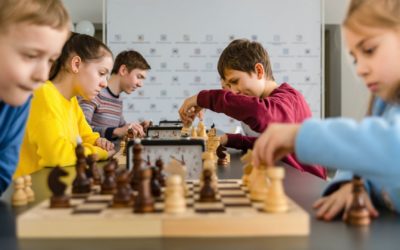The Montessori pedagogy Montessori is a learning method that is based on the child's autonomy and ability to act on his or her own in everyday life. The primary objective of Montessori activities and games is to stimulate all of the child's senses, his or her capacity for discernment and reflection as well as his or her mobility. And as there is no better way to learn than by discovering and playing, the team Kidleeshares with you 6 ideas of Montessori games to make at home and with almost nothing!
The Sensory Puzzle: among the best Montessori games

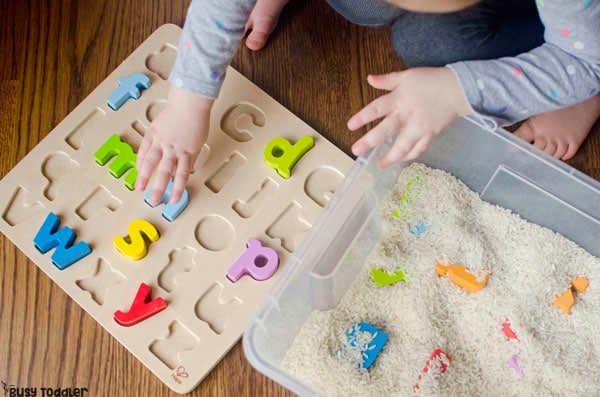
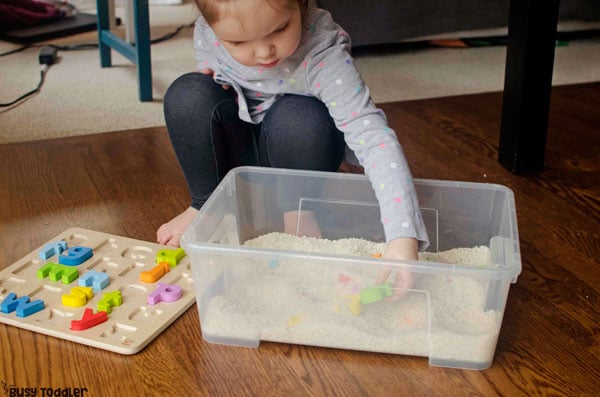
Rice is a great sensory element to use without moderation in your little wolves' activities. Many Montessori games involve rice to develop the fine motor skills and senses of younger children. For this game, you'll need a tray to pour the rice into and a puzzle of your choice! This can be wooden shapes or letters for example. Hide the puzzle pieces in the tray and let your little ones go on a hunt to find them and place them in the right place.
And a Pizza to count!
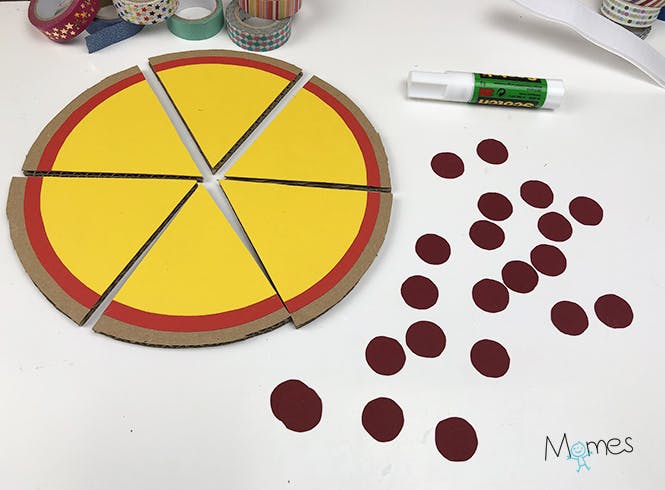
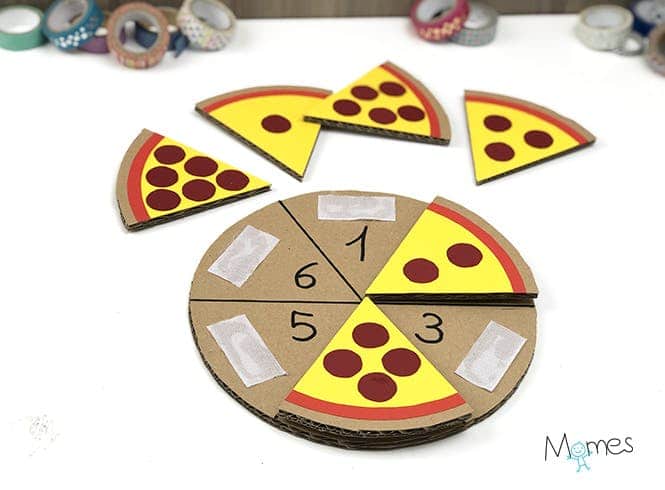
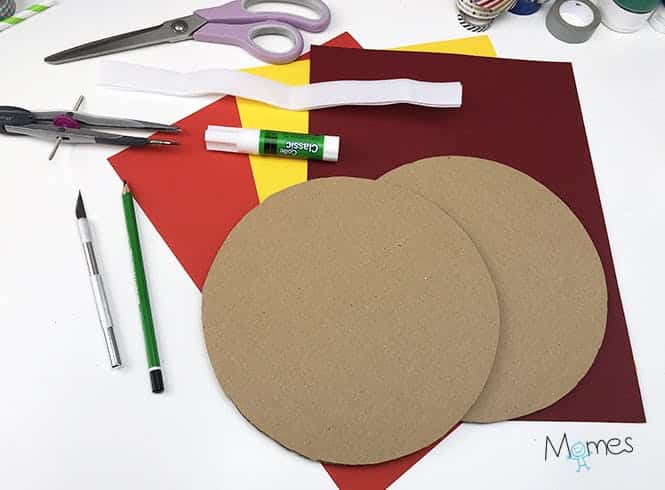
Are your children learning to count? Why not do it in a fun and appetizing way? This game signed Momes is very simple to make. It will help your little ones to recognize the numbers while learning to count in a fun way. Once the game is made thanks to the tutorial of MomesPlace the numbered disc on one side and the pizza slices on the other. The child must then look at the numbers to recognize them and then locate the slice of pizza that has the corresponding number of pepperoni slices to position it and move on to the next number until the pizza is completely put back together.
The play of colors
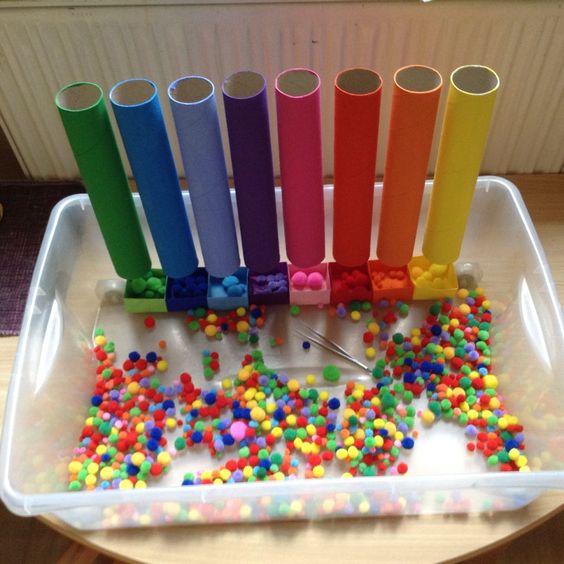
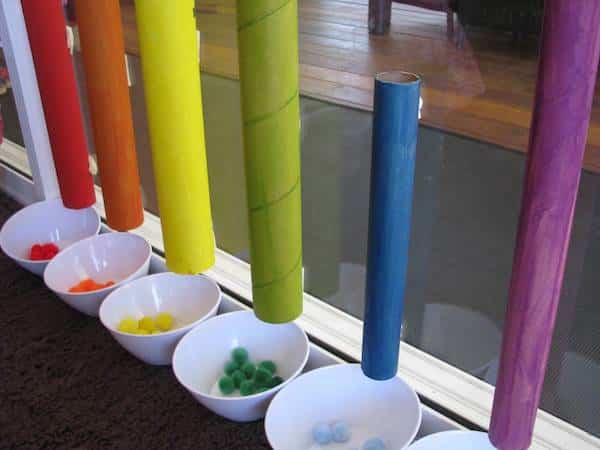
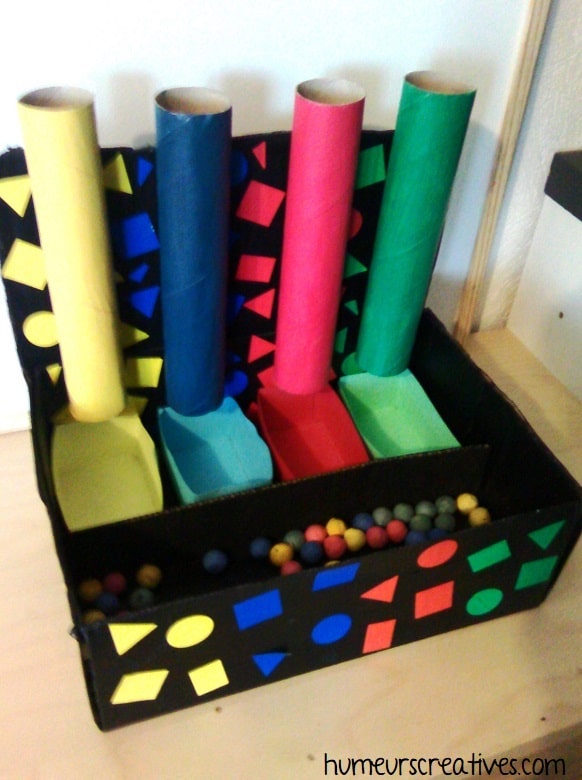
Ideal for toddlers, this Montessori inspired game allows them to learn, distinguish and sort colors. It also helps develop the child's fine motor skills. To make it, nothing could be easier. You just have to recycle paper towel rolls, color them or cover them with colored paper and place them on top of jars or cardboard boxes. Then put it at the disposal of the children with cotillion balls according to the colors of the rolls.
Introduction to sensory writing
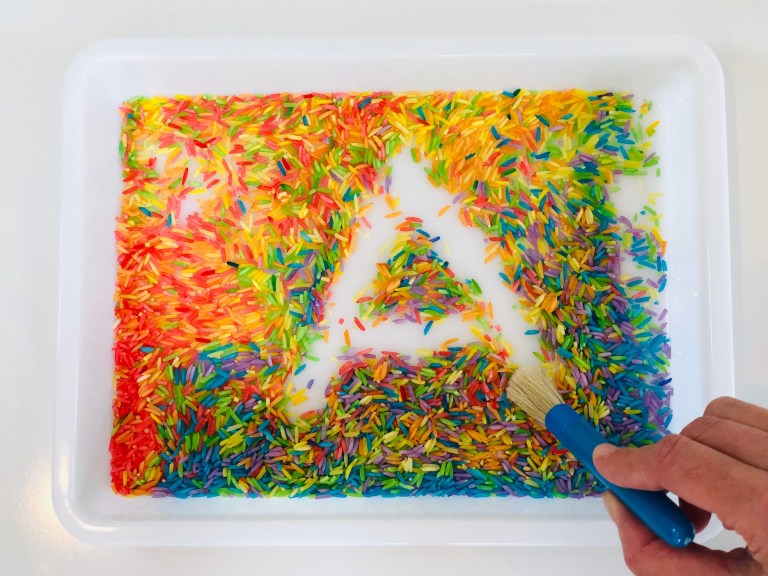
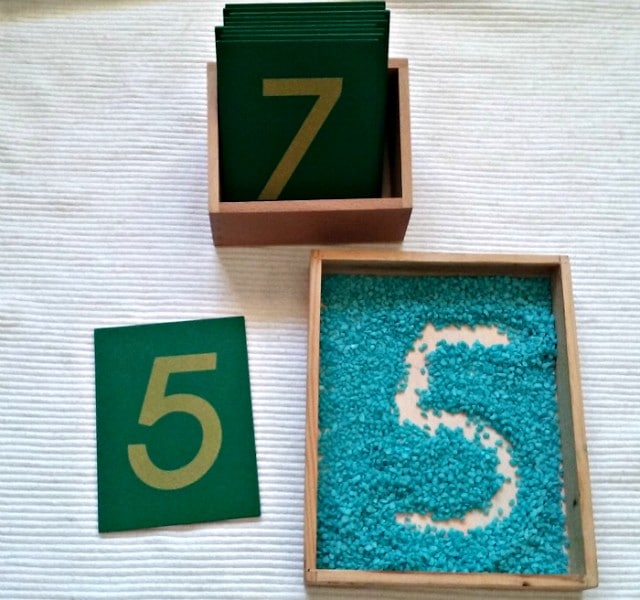
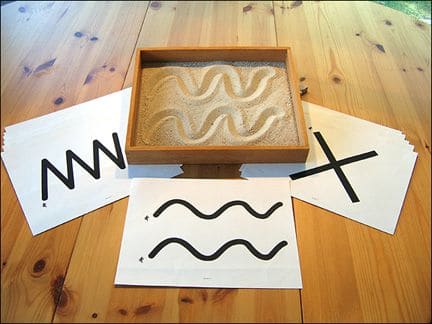
Sensory trays are really popular with kids when it comes to Montessori play. Especially this game that allows them to draw and write and then erase and start over as they please. The best thing about this activity is that it is not only very simple but also requires very little resources. To do this, provide your child with a tray with a bottom covered with rice, sugar, salt or sand. In his field of vision, arrange the shapes, numbers or letters to be reproduced with fingers or a brush.
Montessori Games Modelling head: The tactile lotto
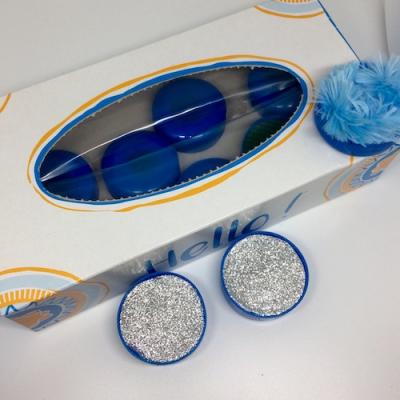
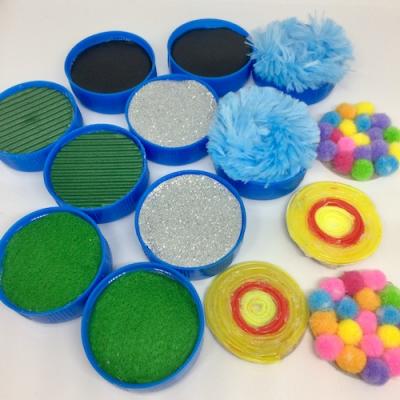
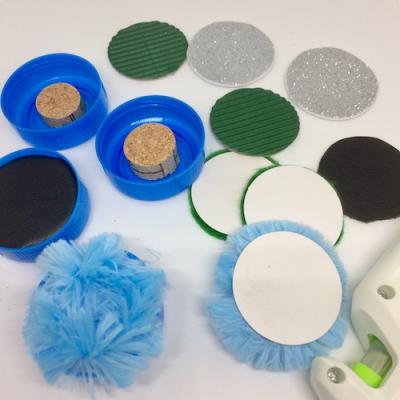
With this game proposed by Modelling headYour little wolves will discover materials through touch. By manipulating the materials, your children will learn to distinguish them while working on their motor skills. This activity which involves tactile memory and visual memory allows to develop the tactile sensitivity of the youngest as well as their senses in a playful way. The principle of the game is very simple, you just have to hide the tactile elements that you have previously made in a box with a small opening. Your children will just have to slide their little hands in turn to discover the materials and assemble the pairs.
The geometric shape box

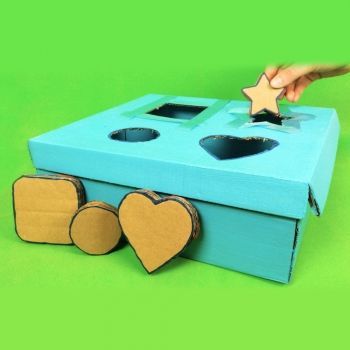
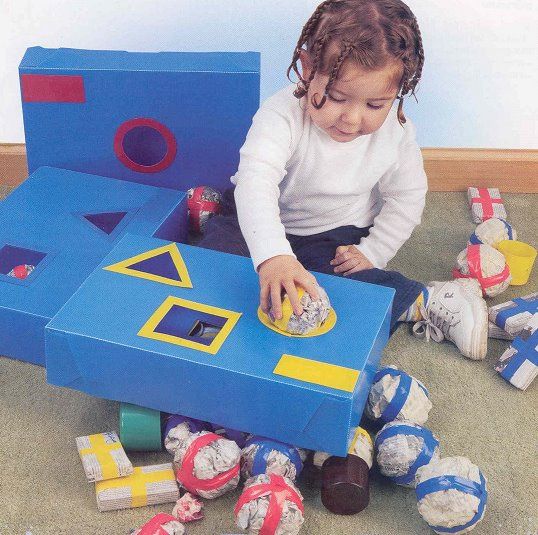
Introduction to geometry will never be as easy as with this shape game. To make it, all you need is a shoebox in which you can make horizontal slits or geometric shapes with a cutter. If you opt for slots, draw the shapes above each opening. Alternatively, you can stick pictures on the box to help your kids know which shape to put in each slot. Then decorate the box with printed paper, paint or stickers. To make the shapes, use cardboard or colored felt to go further and introduce the dissociation of colors to that of shapes. Your little wolves will have fun distinguishing the shapes and placing them in the corresponding opening.


